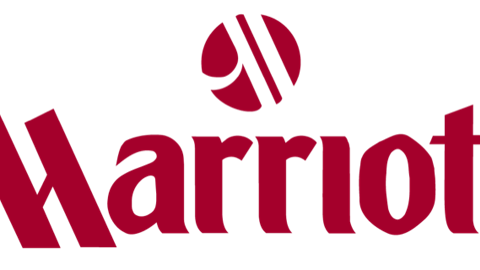Ryman Hospitality Properties, Inc. (REIT) (NYSE:RHP) is currently trading about 25% below its peak valuation. This is bad news for short-term traders who were looking for quick gains from share performances. However, for dividend investors, this is an excellent opportunity to secure a good position in this high-yielding dividend REIT stock.
At the current price level, Ryman Hospitality Properties, Inc. (REIT) (NYSE:RHP) is undervalued. This is given the fact that Ryman Hospitality Properties, Inc. (REIT) (NYSE:RHP) has several premiere properties that are expected to fuel its growth. It has four prime leisure properties under its asset portfolio. These are the Gaylord Opryland Resort, the Gaylord Texan Resort, the Gaylord National Resort, and the Gaylord Palms Resort. All of these upscale resorts are managed by Marriott International Inc (NYSE:MAR) under the Gaylord brand.
These hospitality properties mainly target group bookings, comprising about 80% of its occupancy. The remaining 20% are transient business bookings. The total number of rooms at the four prime resorts is 7,795.
Market outlook for Ryman Hospitality Properties, Inc. (REIT) (NYSE:RHP)
Despite Ryman share’s recent slump, there are many reasons to remain optimistic. Ryman was able to increase the gross advance group bookings for all future periods by 58%, at 587,682 rooms. However, the company also reported group cancellations of 30,100 rooms, up from only 8,817 over the same period last year. Nevertheless, net group bookings for all future periods still grew by 48% at 454,857 rooms.
Ryman’s transient room night bookings also increased to a record first quarter performance at 18,657 rooms. This was mainly fueled by the rewards program of Marriott International Inc (NYSE:MAR), as well as the transient delivery channels.
The sales channels of Marriott International Inc (NYSE:MAR) contributed to 17% of the first quarter production. This is a good sign of the newly-formed partnership with a veteran in the hotel industry. This is another reason to be optimistic for Ryman. Aside from tapping on the expertise of Marriott International Inc (NYSE:MAR) in hotel management, it also took advantage of its sales channels. This will potentially give Ryman a competitive edge over its peers.
Ryman Hospitality versus its peers in the leisure industry
Ryman Hospitality is not the only one that took a beating on the trading floor. Even some of Ryman’s major peers in the leisure industry also suffered the same fate. These are major players, and their recent plunge pulled down the entire leisure industry.
A business partner and peer at the same time
Marriott International Inc (NYSE:MAR) is a well diversified lodging company with numerous brands under 7 major categories. Some of its famous brands are The Ritz-Carlton, Marriott International Inc (NYSE:MAR) Hotels & Resorts, Renaissance Hotels, Courtyard, and Fairfield, among others. Ryman’s Gaylord Hotels is the latest addition to the brands under Marriott’s wing.
Marriott has more than 3,700 properties across the world, in over 74 countries. It is a large company with a market capitalization of $12.4 billion. Its P/E ratio is 21.94. Marriott currently yields at 1.67% with annualized dividend of $0.68 per share. But just like Ryman, Marriott shares slid for the month of May and June but still ended with positive year-to-date growth.






